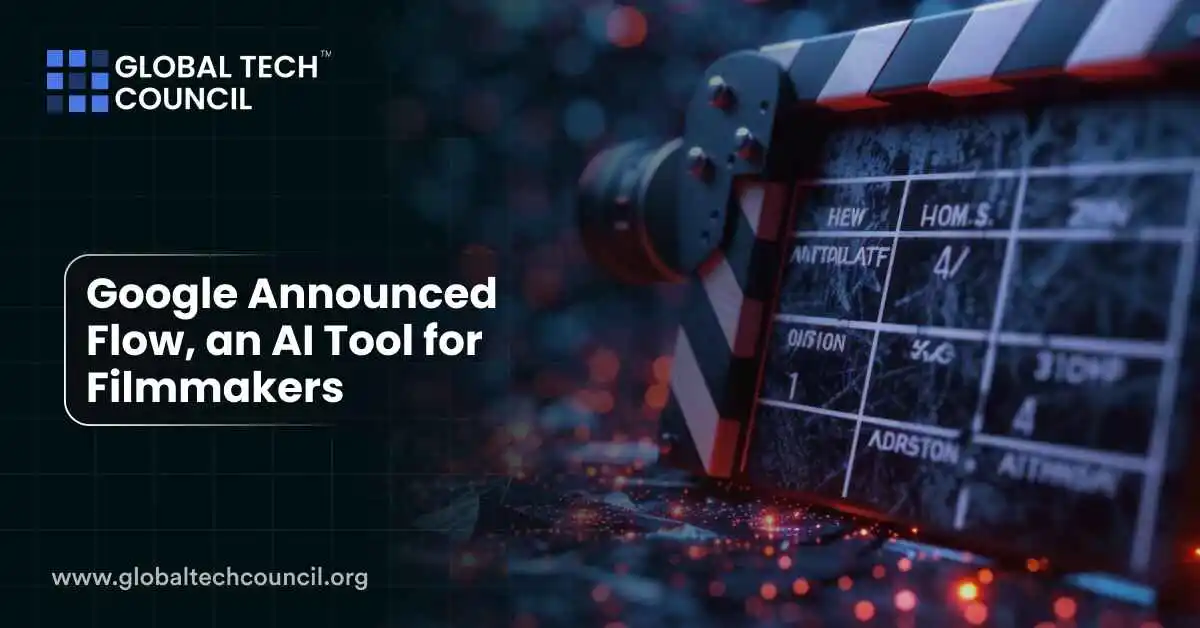
Flow is part of Google’s growing AI video stack, which includes Imagen 4 for visuals and Veo 3 for motion and sound. Together, these tools aim to simplify content creation for creators, educators, marketers, and anyone who wants to make high-quality video fast.
What Is Flow and How It Works
Flow is a browser-based app built for visual storytelling. It takes simple prompts like “sunset over mountains with soft music” and turns them into short video clips. You can also add your own assets like photos or sketches to guide the look.
What makes Flow different is its SceneBuilder feature. This lets users edit, extend, or blend scenes together without video editing software. Combined with Google’s AI models, Flow gives people cinematic tools without needing to be an expert.
Google Flow’s Key Features
Flow stands out from other tools with features focused on creativity and ease of use.
| Feature | Purpose |
| Text-to-Video | Converts prompts into full scenes with motion and audio |
| SceneBuilder | Helps build, edit, and merge scenes easily |
| Camera Control | Lets you change perspective, zoom, angle, and motion |
| Audio Generation | Adds dialogue, music, and background noise automatically |
| Asset Integration | Lets you upload your own visuals to keep the output consistent |
Where You Can Use Flow
Flow isn’t just for filmmakers. It’s built for many use cases across different fields.
For Creators and YouTubers
- Turn ideas into videos without a camera
- Reuse scenes across series or content formats
For Teachers and Instructors
- Make visual lessons from scripts or notes
- Add narration or music for engagement
For Marketing Teams
- Generate ad clips or product demos
- Make explainer videos fast
For Visual Designers
- Prototype stories, motion ideas, and campaigns
- Test scenes with different looks or voices
AI Filmmaking Tool Comparison
Several platforms offer AI video generation. Here’s how Flow compares:
| Tool | Developer | Best For |
| Flow | Text-to-video with real-time camera control | |
| Sora | OpenAI | Long-form videos with smooth animation |
| Runway Gen-3 | Runway | Visual effects and quick edits |
| Pika | Pika Labs | Creative and playful video prompts |
How to Access Google Flow
Flow is currently available in the U.S. via Google’s AI Pro and AI Ultra subscription plans. You can log in via browser, no extra software required. Flow works in sync with Gemini, Imagen 4, and Veo 3 — allowing users to script, design, and generate full videos in one flow.
Developers and teams can expect API access later through Vertex AI. If you’re interested in using tools like Flow at scale or for projects, it’s useful to understand the AI systems behind them. A Deep Tech certification can build your base.
Marketers and educators looking to apply Flow in campaigns or curriculums may find a Marketing and Business Certification helpful. And for those building AI tools or workflows with data, the Data Science Certification can sharpen technical and ethical understanding.
Final Thoughts
Flow brings AI closer to filmmakers and content creators. It removes the need for cameras, crews, or long editing hours. You simply describe, and Flow brings it to life.
With Google’s stack of Imagen, Veo, and Gemini working in sync, this tool could redefine how we tell stories visually — whether for marketing, education, or entertainment.